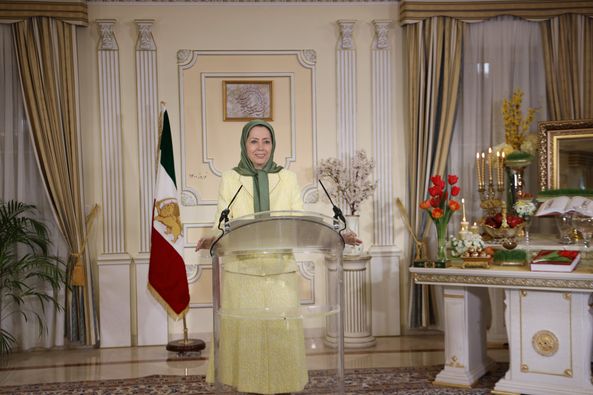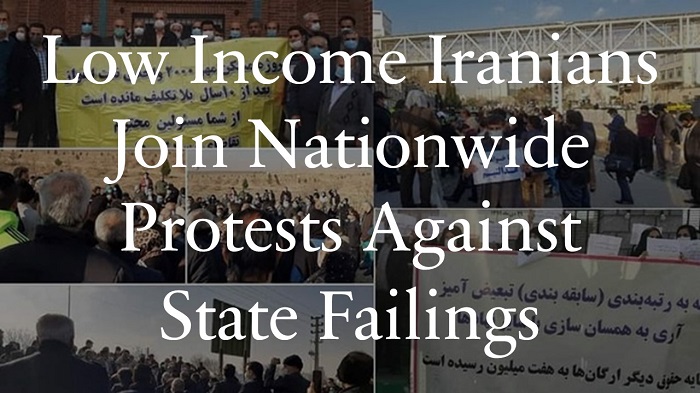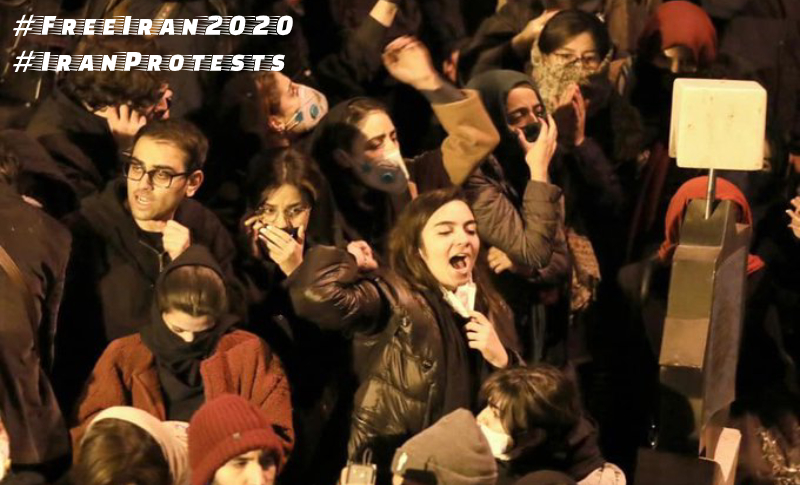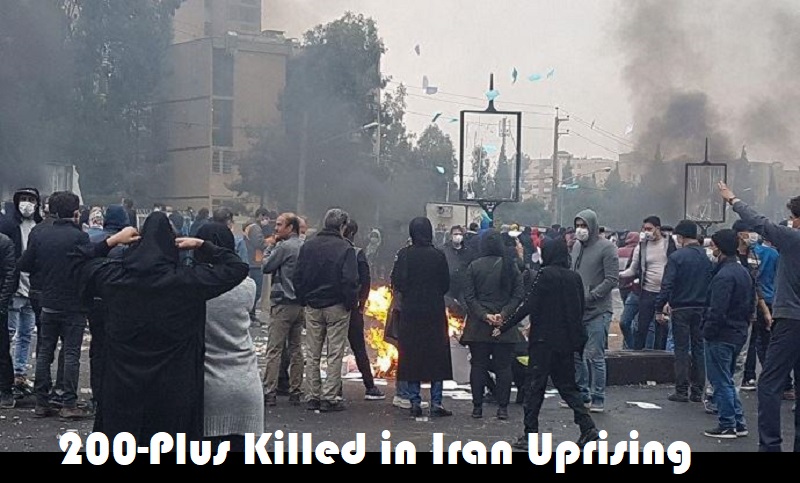
Iranians will face significant threats, but also significant opportunities, as they enter the year 1400 on the Persian calendar. The previous year was fraught with numerous difficulties, including economic disaster, worsening regime authoritarianism, and a coronavirus outbreak that was far the worst in the Middle East.
Each of these issues will undoubtedly persist in the coming year, but if recent history is any guide, they will also help to support an emerging protest movement that will cause an ever-greater challenge to the existing theocratic dictatorship.
For more than two years, public turmoil and regime aggression have been caught in a feedback loop, but despite suffering greatly, the Iranian people have made significant progress in their fight to reshape Iran into a truly democratic republic of Iran.

Back at the end of 2017, with a nationwide uprising that brought stark anti-regime slogans into the mainstream more fully than ever before. It continued through scattered protests throughout the following year, before reaching a peak in November 2019 with an even larger uprising.
Public unrest appeared to be on the rise again in the final years leading up to this Iranian New Year, first in the form of mass pensioner protests and later in clashes between citizens and repressive forces in the border province of Sistan and Baluchistan that resulted in huge demonstrations in support of the incident.

Later on, university students and other activists protested across more than a dozen provinces in response to the regime’s attempted cover-up of a missile strike near Tehran that brought down a commercial airliner.
It was the country’s last large-scale protest movement before being engulfed by one of the world’s worst pandemics.
The Iranian Resistance’s perspective on previous unrest was especially important because the People’s Mojahedin Organization of Iran (PMOI / MEK Iran) played a significant role in leading society toward regime change.

On the other hand, the history of Western policies toward the regime tells a different story. Various European and American leaders have previously ignored a wide range of Iran’s malign activities, particularly those directed specifically at the domestic population.
Unfortunately, this trend has continued in recent years, with Western foreign policy discourse paying little attention to Iran’s uprisings and subsequent crackdowns.
A similar phenomenon haunts Iran’s coronavirus outbreak, despite the fact that it represents a problem shared by almost every country on the planet.

The international community has acted passively and let the Iranian regime handle its own affairs in relation to the health crisis, and to take the regime’s word on the severity of the infection rate and death toll.
Meanwhile, the Iranian Resistance, The National Council of Resistance of Iran (NCRI), and the People’s Mujahedin of Iran (PMOI / MEK Iran) has been issuing reports revealing that the regime has practically weaponized the pandemic in order to prevent new outbreaks of unrest within the regime, all while trying to mislead the people by downplaying the scale of the crisis.
This Nowruz is the ideal time for the international community to take a long-overdue step and formally acknowledge the Iranian people’s right to stop at once the regime’s malign policies.

MEK Iran (follow them on Twitter and Facebook)
and People’s Mojahedin Organization of Iran – MEK IRAN – YouTube







